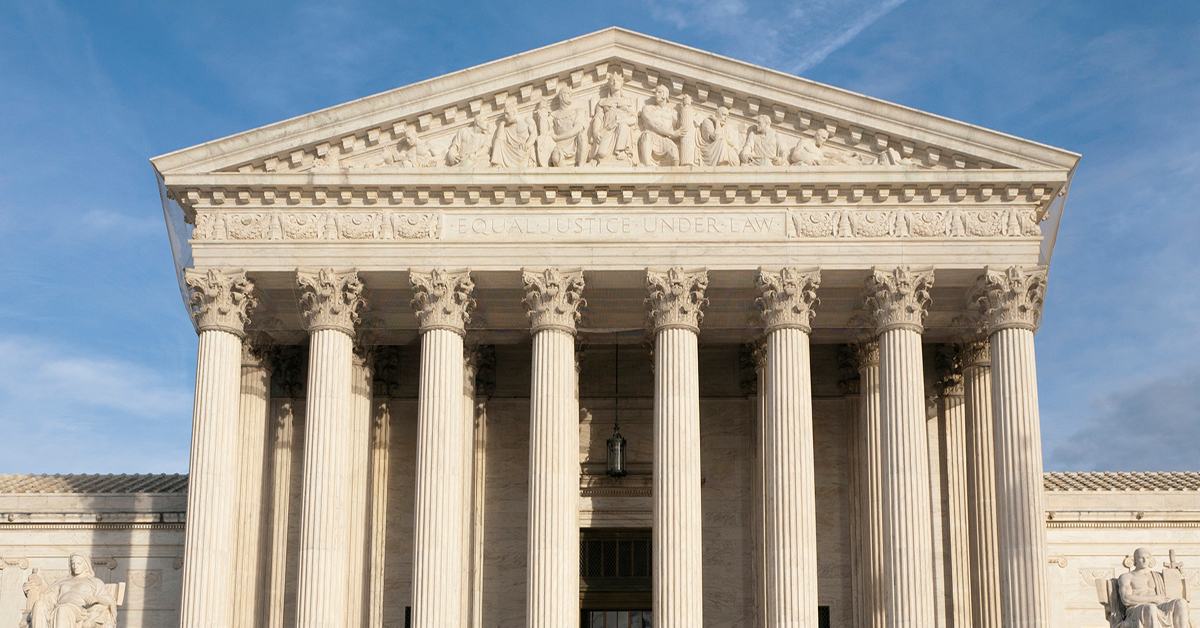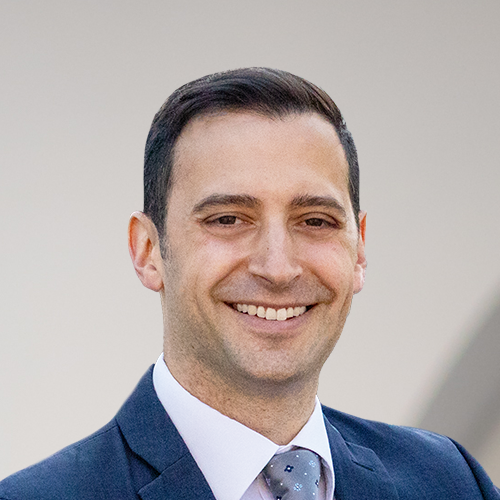
“Today this court tells Florida that it can pocket funds marked for things it never paid for.” Gallardo, 963 F3d at 1182 (Wilson, Cir. J., concurring in part and dissenting in part).
Click to download Gallardo v. Dudek, 963 F.3d 1167 (11th Cir. 2020)
On July 2, 2021, the United States Supreme Court granted certiorari in the matter of Gallardo v. Marstiller, which could have ramifications for plaintiff Medicaid recipients throughout the country. The case is on appeal from the 11th Circuit’s decision in Gallardo v. Dudek, 963 F.3d 1167 (11th Cir. 2020). The 11th Circuit’s decision expands on the power granted to the states to enforce Medicaid liens, which was endorsed by
Arkansas Dep’t of Health & Human Srvs. v. Ahlborn, 547 U.S. 268 (2006).
A quick reminder of the context here: Under Ahlborn, the law of the land is that the state Medicaid agency may only place a lien on the portion of a personal injury settlement that reasonably represented compensation for past medical expenses. If the Medicaid agency attempted to place a lien for medical expenses on any other part of the settlement, it would run afoul of the Federal Anti-Lien Statute at 42 U.S.C. § 1396p: “No lien may be imposed against the property of any individual prior to his death on account of medical assistance paid or to be paid on his behalf under the State plan.” The Court’s reasoning was that because the federal Medicaid laws mandate that, as a condition of eligibility for Medicaid benefits, that the recipient assigns to the state his or her right to receive payments for medical care from a third party, the medical component of a personal injury case is assigned to the state. Therefore, the medical component is no longer considered the recipient’s “property” as defined under the Anti-Lien Statute. By extension, it is permissible for the state to impose a lien on the medical component of the case.
The 11th Circuit expanded on the power endorsed by Ahlborn by ruling that a Medicaid agency may collect its lien from both the portion of the settlement that represents compensation for past medical expenses and the portion of the settlement that represents compensation for future medical expenses. As the court pointed out:
But while the language of the federal Medicaid statutes clearly prohibits FAHCA from seeking reimbursement for future expenses it has not yet paid (which it is not seeking to do in this case), the language does not in any way prohibit the agency from seeking reimbursement from settlement monies for medical care allocated to future care.
Gallardo, 963 F3d at 1178.
Case Background
This case involved young Gianinna Gallardo, then a 13-year-old student, who was hit by a truck after getting off of the school bus. A dozen years later, Gianinna remains in a persistent vegetative state. Florida Medicaid paid $862,688.77 for her medical care. Her case settled for a total amount of $800,000. It is her counsel’s position that approximately $35,000 of that total settlement amount represented compensation for past medical expenses. However, given the plaintiff’s young age and the nature of her injuries, the future medical component of the case is much larger.
While the 11th Circuit’s decision is discouraging, it is important to note that it is very much the minority view. Dozens of cases across the country have considered this issue, and the overwhelming weight of authority is in favor of limiting a Medicaid lien to the past medical component of the case.
But the consequence of this decision is that the potential pool from which Medicaid may recover is much larger, resulting in a much larger payback of the actual lien amount. And this case is a perfect example of what kinds of plaintiffs will be affected. The decision of the 11th Circuit would disproportionately affect only the most severely injured individuals requiring extensive medical care beyond the date of a liability settlement.
What is always concerning with federal judges in cases involving government benefits like Medicaid and Medicare, is the judiciary’s desire to always point out that Medicaid is the “payor of last resort,” reflecting a general desire to “protect the public fisc.”
Practical Implications
First, it is a little shocking that the 11th Circuit would get so deeply involved in such a highly speculative exercise. Keep in mind that not one dime of future medicals had been paid at the time of the motion. In fact, the possibility existed that the state Medicaid agency would never pay anything if the proceeds from the settlement were not properly protected by a trust established under 42 U.S.C. § 1396(p)(d)(4)(A) (supplemental needs trust) or 42 U.S.C. § 1396(p)(d)(4)(C) (pooled trust), as the dissent pointed out, “Today this court tells Florida that it can pocket funds marked for things it never paid for.” Gallardo, 963 F3d at 1182 (Wilson, Cir. J., concurring in part and dissenting in part).
Generally, receipt of a significant lump-sum settlement would likely put the recipient above the resource threshold to maintain eligibility for Medicaid benefits. In this scenario, the recipient would be disqualified from Medicaid until such time as the settlement monies are spent down and the resource level goes back below the threshold. During this time, Medicaid will not pay.
On the other hand, if the proceeds are properly protected by means of a special needs trust (“SNT”), the settlement funds are put in that trust vehicle, and, while the plaintiff is limited in the ways in which that money can be used, the funds within that trust are an exempt resource for determining eligibility for Medicaid, and so the recipient may stay eligible and Medicaid would continue to pay for their medical care. However, with the SNT, a requirement of the trust is that any remaining proceeds be paid back to the state agency upon the death of the beneficiary, thereby allowing Medicaid to recoup its expenses in some way. Another option is the pooled trust option. There, the trust proceeds are managed and disbursed by a non-profit, and, in most cases, the proceeds remaining in the beneficiary’s account upon death revert to the use of the trust for its charitable purposes.
In either scenario, the issue of future medical care is well considered. The extensive rules for Medicaid eligibility post-settlement also reflect the general notion that future medicals are considered in every case involving a Medicaid recipient, and there are specific rules and procedures, and a host of options to consider for every recipient receiving a personal injury settlement.
Therefore, not only does this decision open the door to speculative claims for future medicals that may never be expended by Medicaid, but it also flies in the face of the United States Supreme Court’s holdings in Arkansas Dep’t of Health & Human Srvs. v. Ahlborn, 547 U.S. 268 (2006) and Wos v. E.M.A., 568 U.S. 627 (2013). Perhaps worse, the Gallardo expansion clearly defeats the intent of Congress when it created the exemption from resource testing for properly established SNTs and pooled trusts.
Until there is precedent directing us to the contrary, Precision Resolution will continue to attack Medicaid liens under the holdings of those two United States Supreme Court cases and the Federal Anti-Lien and Anti-Recovery Statutes on which they were based.

